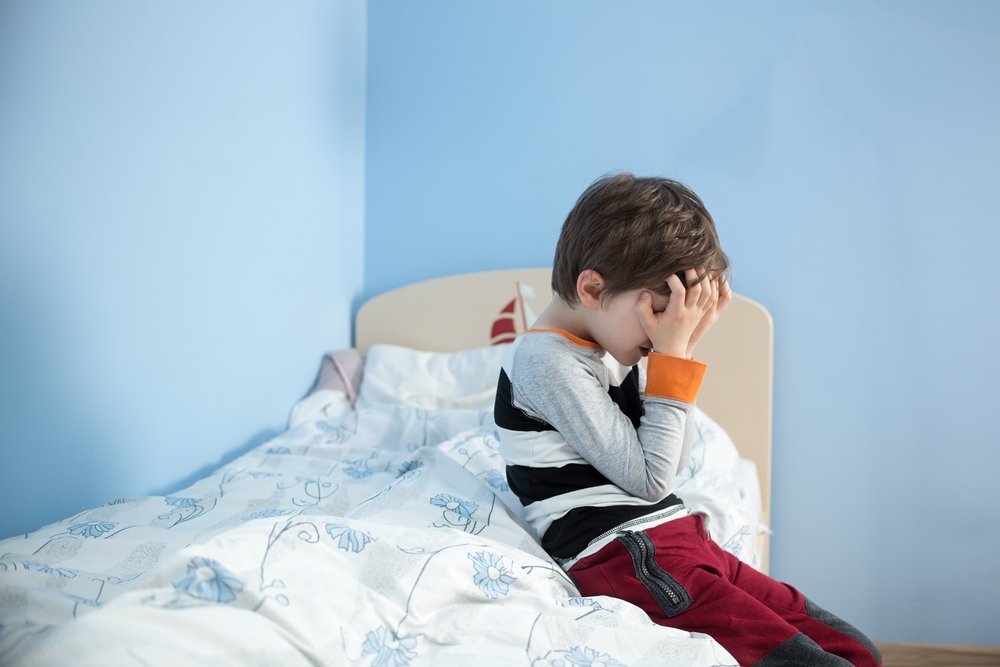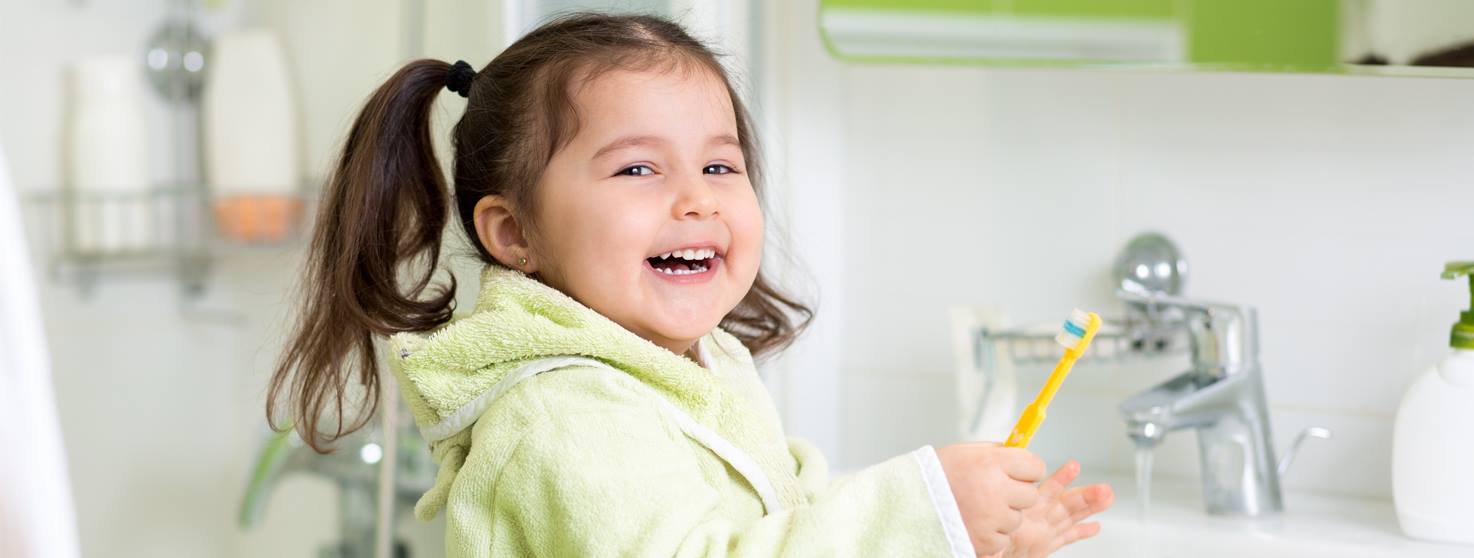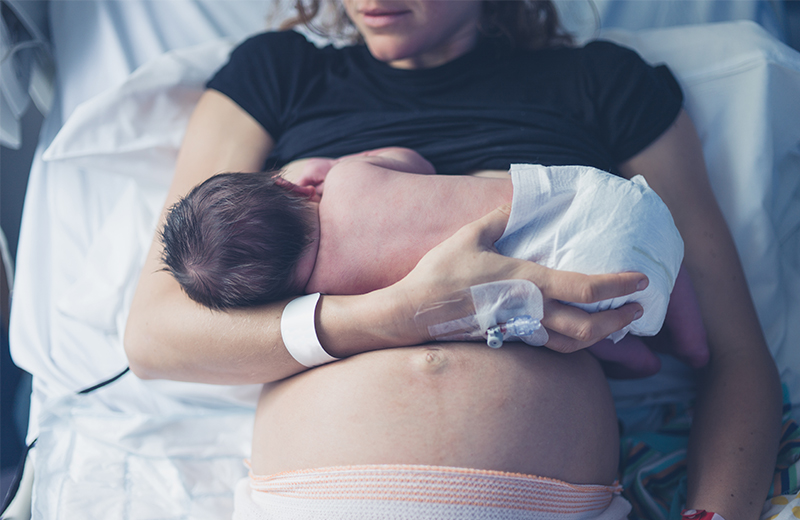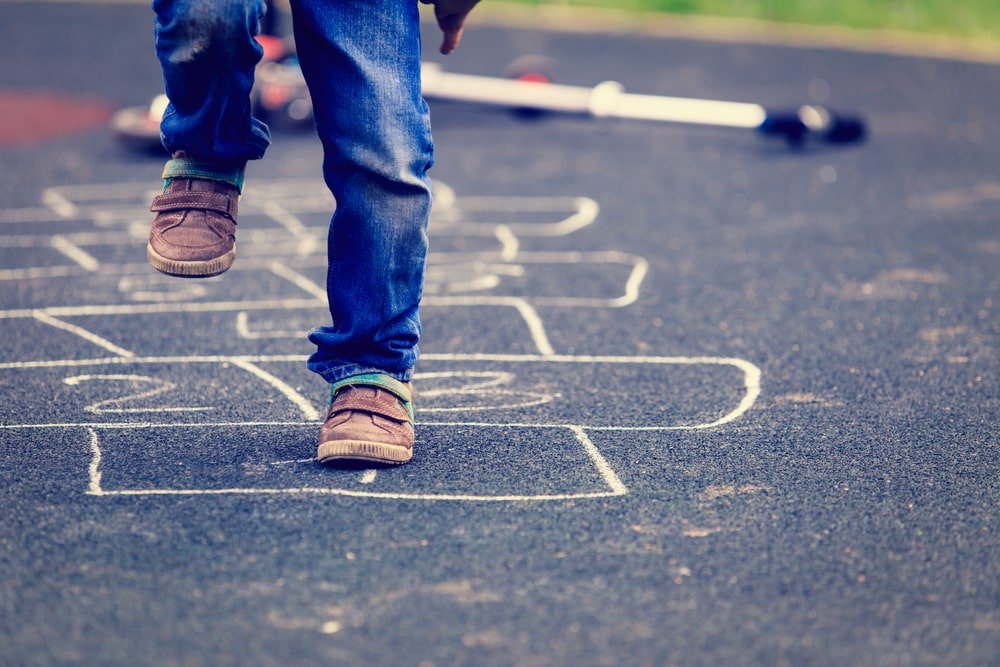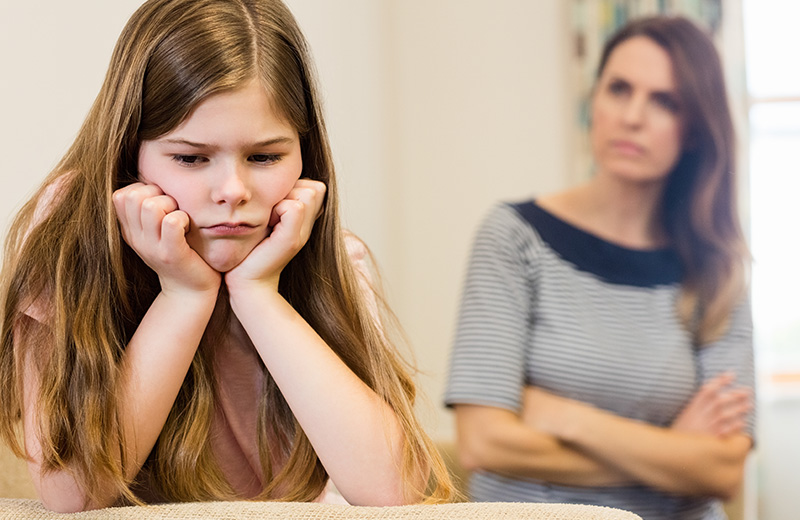Head Injuries of children

Children of all ages are susceptible to trauma. Head trauma is the most worrisome to parents, and rightfully so. It is very important for parents to make sure the home environment is safe for children of all ages. It is also important to always monitor small children especially babies and not to leave them unattended not even for seconds.
Babies may fall off the bed or the diaper changing table in a few seconds and this can cause irreversible damage. Head trauma can vary from mild to severe, and symptoms can range from slight discomfort to unconsciousness. However, it is important to get your child checked after head trauma by a pediatrician or the nearest ER, no matter how mild or severe the trauma is, since even a small trauma may be dangerous. The most dangerous head traumas are the ones involving young babies falling from high altitude or caused by a strong impact especially if there is no carpet to absorb the impact.
Why is it important to get head injuries checked?
As a Pediatrician, I will first look for cuts, possible fracture or signs of bleeding from ears or nose. I will then continue to do a complete neurological exam by checking reflexes, muscle tone, and coordination. In addition, it's important to check the eyes to see if the pupils are equal and reacting to light. I will also check for a possible neck injury. For children below 18 months, the pediatrician will be checking For any abnormal bulging of the soft spot on top of the head. The younger the baby the more dangerous the hit may be. In some cases, I may recommend a skull X-Ray or even a CT scan of the brain.
What are the symptoms that parents need to keep an eye on?
Even if there are no symptoms, the baby should be checked by a pediatrician first. After the initial check up I recommend for parents to keep an eye on the following symptoms in their children and report them immediately.
Following are the symptoms which could be visible immediately or within a few hours afterwards:
-
Loss of consciousness
-
Repeated vomiting
-
Headache complaints
-
Lethargy
-
Irritability
-
Blood coming from the nose or ears
What to do in case a swelling appeared in an area that has been checked by a pediatrician or the ER?
The best thing to do to manage a swelling of soft tissues would be using cold compresses, as long as there is no external injury. Using an ice pack directly would be too harsh on the skin of the child and also painful. The best solution would be to use a rubber glove filled with cold water and crushed ice.







